Kyoto: Chasing cherry blossoms in the land where the sun did not rise
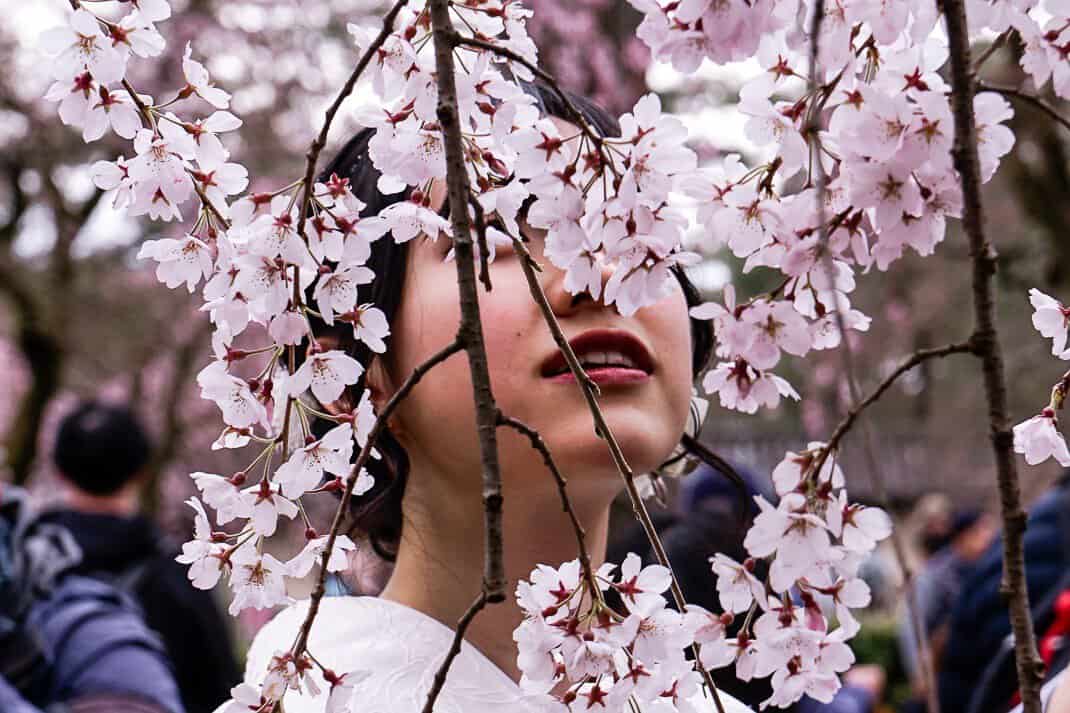
(This is one of a series of blogs on Japan and Shanghai.)
“Ara mo ki kara ochiru.” (Even monkeys fall from trees.) – Famous Japanese proverb.
KYOTO, Japan – The second translation of the above quote is basic: Everyone makes mistakes. It became one of the first Japanese phrases I learned as I coughed my way through my recent trip to rainy, frigid Japan.
I’d waited through a Covid-canceled trip to Kyoto and another couple years of schedule conflicts to finally visit during my March 29 birthday. The date falls in the spring and the height of Japan’s famed cherry blossom season when the country turns into one giant Oriental tapestry.
So imagine me flogging myself looking down at Kyoto from the 100-meter Kyoto Tower and seeing just a few dead trees, black and stark. Every one of them seemed to stick a branch at me like a giant, bony middle finger.
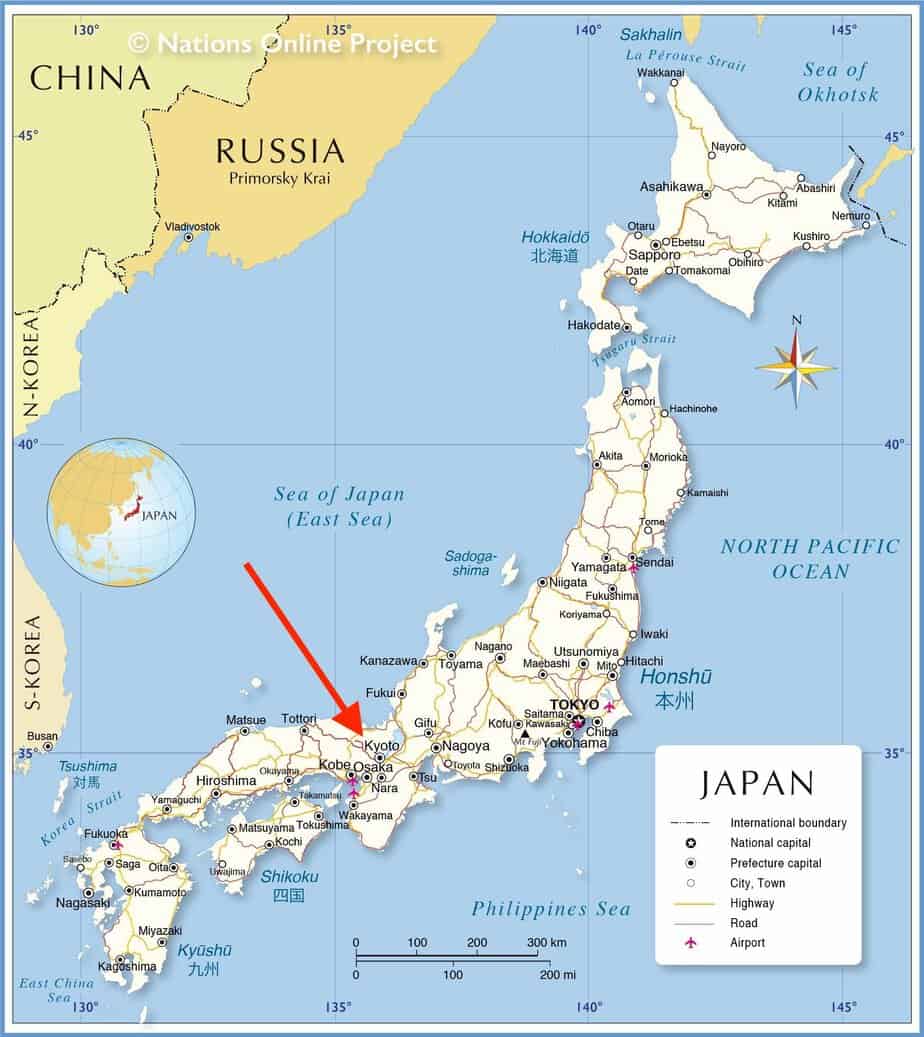
It didn’t matter that last month’s visit corresponded with the worst spring weather Japan has experienced in 10 years. Why didn’t I schedule this for a week later? Why did I schedule this at all?
Oh, well. Good thing I like sushi.
Truthfully, I’m not into flowers. I’m not too macho for them. It stems from my college summer job in Eugene, Ore., working the 2 ½-acre rhododendron garden of my father’s boss. After each summer the only flowers I wanted to see were on a woman’s bikini.
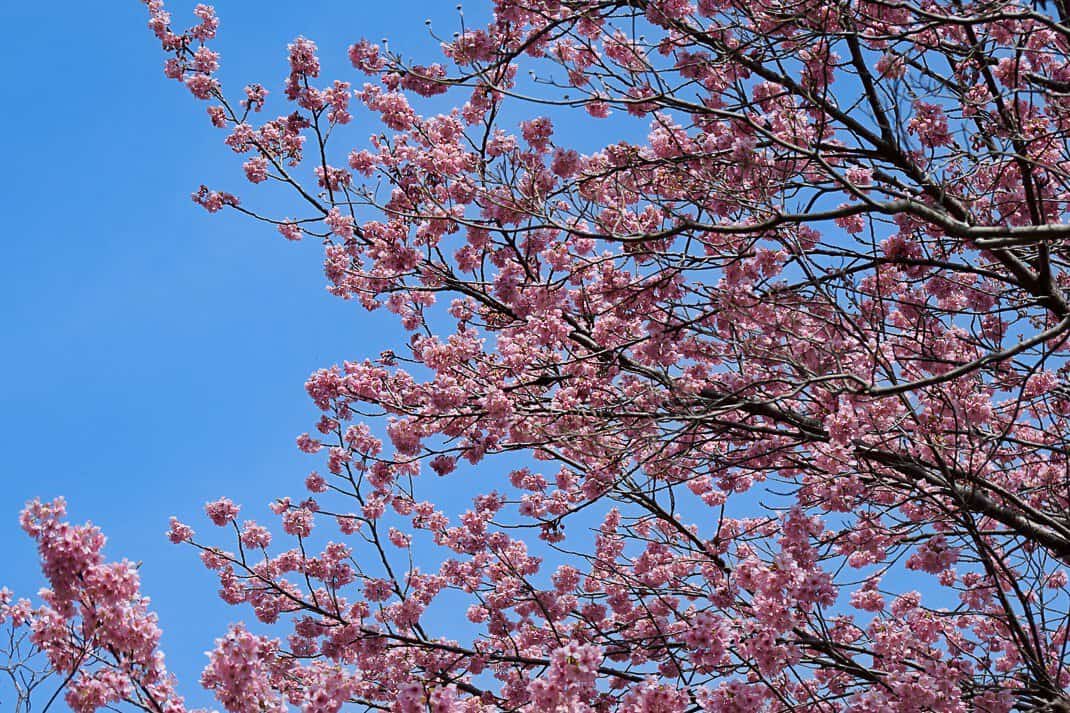
But during my solo trip around the world upon college graduation, I found myself in South Korea during my birthday in 1979. The country was covered in cherry blossoms. A white sheet so soft and luxurious it looked like the country was covered in snow. Coupled with the Korean architecture and the tapestries I’d seen in Seoul’s art museums, I waited more than 40 years to see cherry blossoms again.
Japan was the perfect target. Its 1 million sakura trees represent the largest concentration of cherry blossoms in the world. And no city represents the majesty of Japanese culture, tradition and beauty better than Kyoto. It’s home to 2,000 temples and shrines, gardens where koi and birds frolic and where geishas still walk the streets to work.
Kyoto remains Japan’s shogun.
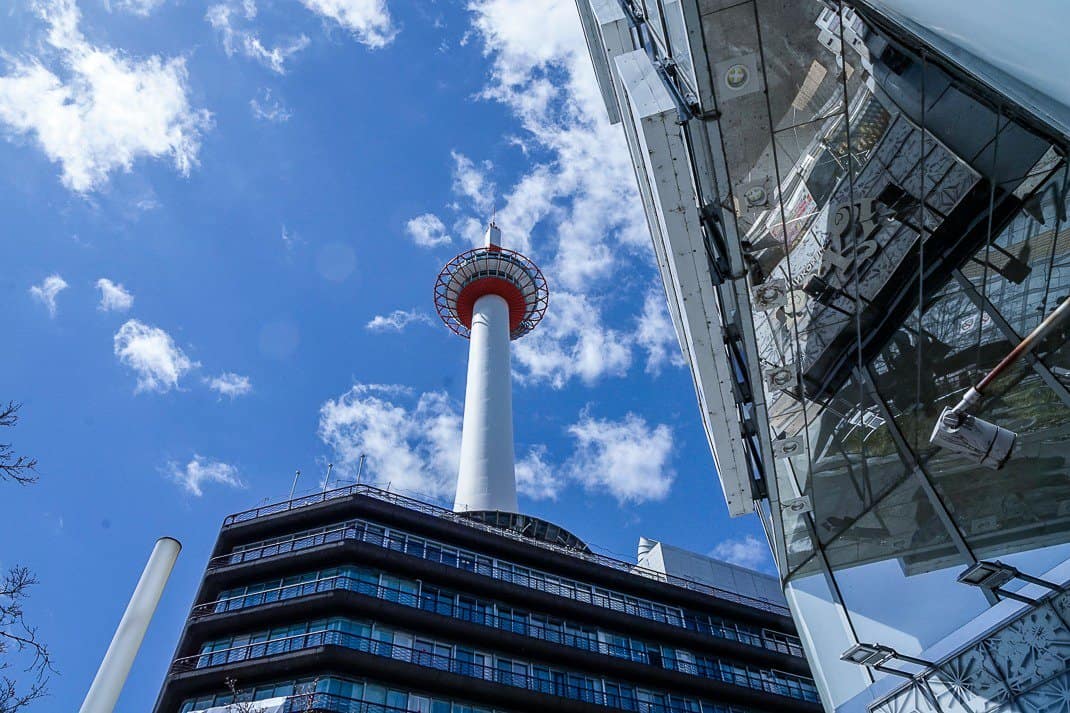
I imagined Kyoto covered in the same white flowers as South Korea had imprinted in my mind for nearly half a century. But as I looked down from Kyoto Tower on a gray, 50-degree day, I saw nothing white. I saw the graceful curved roofs of temples and shrines scattered throughout the city. I saw the forested hills in the distance. I saw lots of high rises, the kind I overloaded on during 36 hours in Tokyo.
I turned to Marina, taking photos of the vast city of 1.5 million people, and said, “Che CAZZO!” (What the FUCK!)
On our way back down, we stopped at the tourist information office. Japanese efficiency is not overhyped. It’s the real deal. Only about 20-30 percent of the population speak English but there is no shortage of smiling, helpful, happy English speakers working with tourists.

A bubbly middle-aged woman with impeccable English heard my lament about Japan’s weather. She whispered, “I’ll let you in on a secret.” She pulled out a Kyoto map and pointed to three places where cherry blossoms were blooming. They were all on the same subway line. They were all easily reachable from our hotel a block from Kyoto Tower.
Rokkuko-do
Our first stop, just a mile north, was a temple called Rokkuko-do. Nowhere in the guide books, Rokkuko-do is an unassuming building on a sidestreet. It was built during the Heian period from 794-1185 when Chinese influence had withered and Japan’s culture began growing. Not ironically, Rokkuko-do is one of the birthplaces of Japan’s famous art of flower arrangement.
Outside the hexagonal temple stood two big trees. And there they were. After waiting 45 years, I stood under a sky of white, fully bloomed cherry blossoms with tints of pink all hanging from overflowing branches. Rokkuko-do was a secret. Only about 30 other people had joined us. We all took selfies, our faces partially hidden by white flowers.
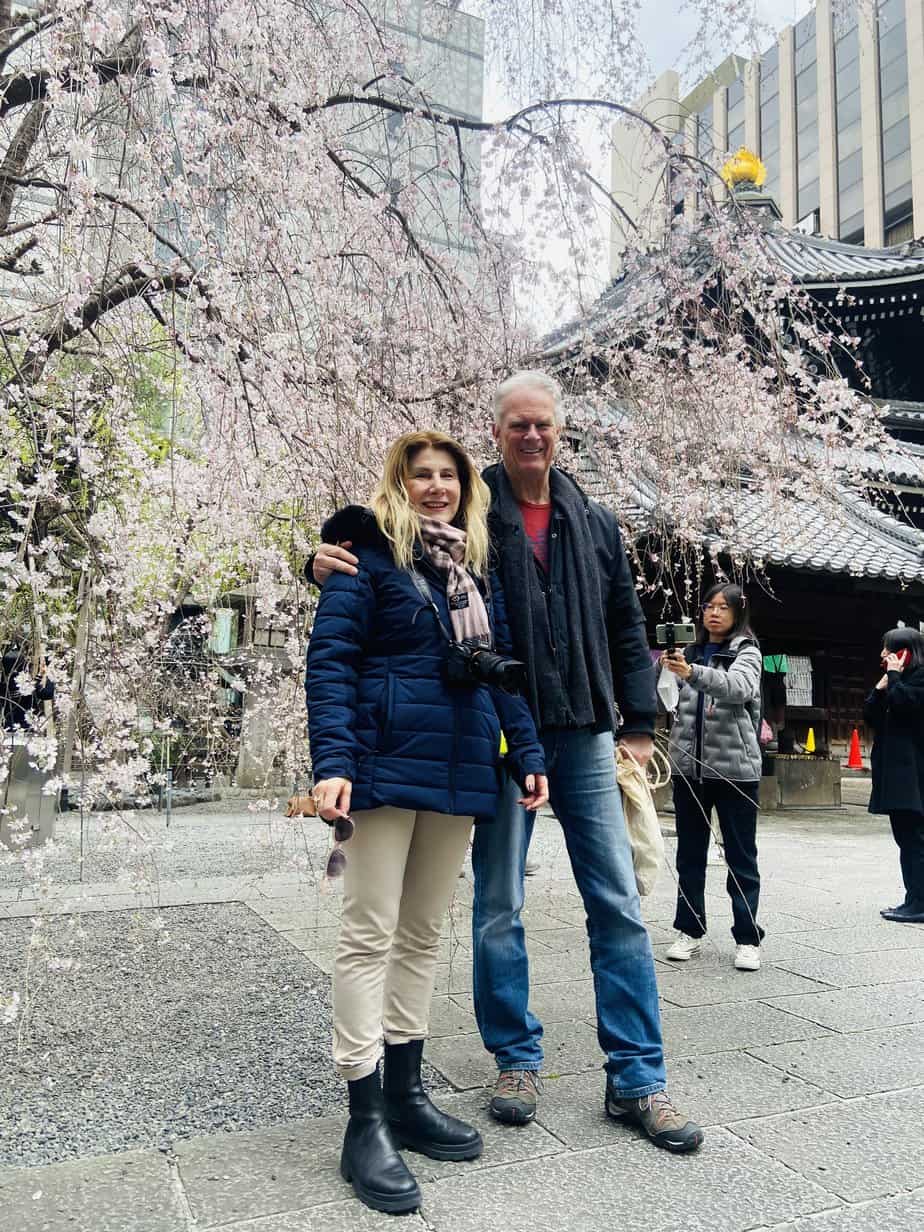
A low hum came from praying Buddhists inside the temple. I smelled incense. It truly felt like I was a figure in an Oriental tapestry. Maybe I didn’t blow it. Maybe I was the monkey who got back up in the tree.

Imperial Palace
Our next stop was the Imperial Palace. This isn’t as grandeur as the Imperial Palace in Tokyo, but it did house the emperor from 1331-1869. Today it is an oft-overlooked attraction compared to Kyoto’s other more magnificent temples. It sits in the middle of Imperial Palace Park, smack dab in the middle of the city.
We entered the huge gate and followed a short trail that opened up into a forest of trees, covered in cherry blossoms. The locals had discovered this spot. Hundreds, nearly all Asian, gathered under the dozen trees in full bloom.
We found a quiet spot near a pond where a white-covered branch hung languidly over the water. Nearby stood a small, ancient bridge. Birds chirped. Few snapshots capture the simple beauty of Japan better than that quiet corner of the palace ground.
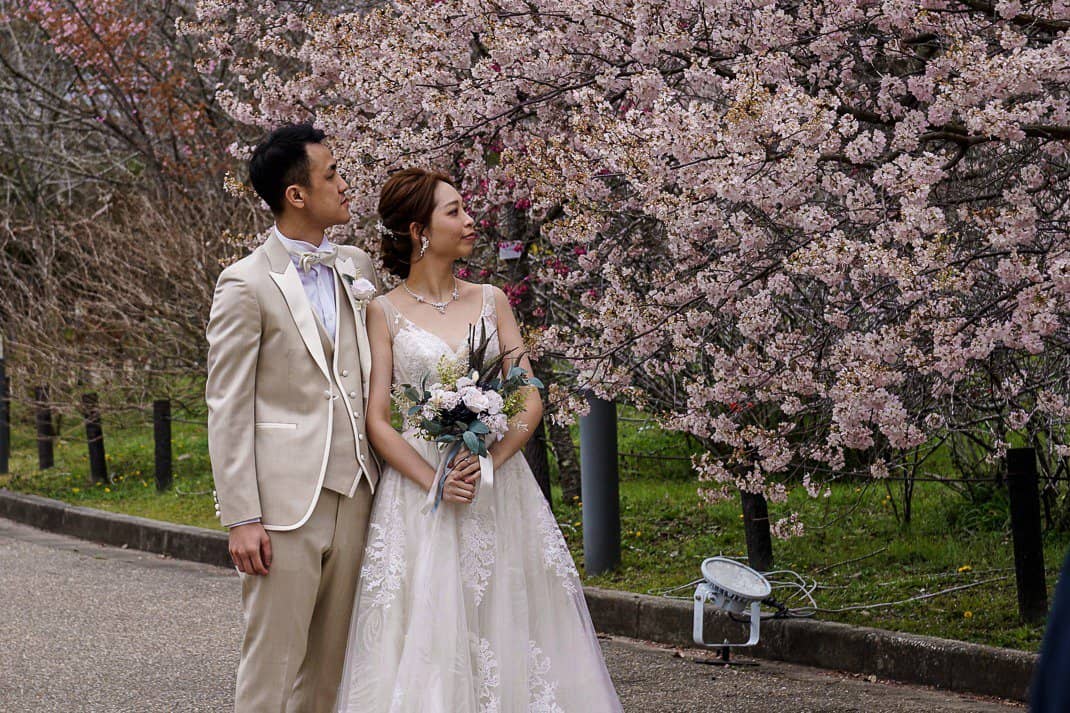
Botanical Garden
Not being much of a flower child, I usually avoid botanical gardens. Every city has one. Each one seems the same.
Not Kyoto’s. Not now.
Just another mile north, the Kyoto Botanical Garden covers 60 acres (24 hectares) and features 12,000 plants, flowers and trees. That includes an amazing cherry blossom garden. This is an ideal site for a hanami, Japan’s traditional spring party celebrating cherry blossoms in parks, temples and, yes, botanical gardens in full bloom.
On our visit, no one was passing around sake. We did see a handsome newlywed couple in black suit and white wedding gown posing under one of the dozens of overflowing trees. Farther along the trail we saw other trees covered in orange and yellow blossoms.
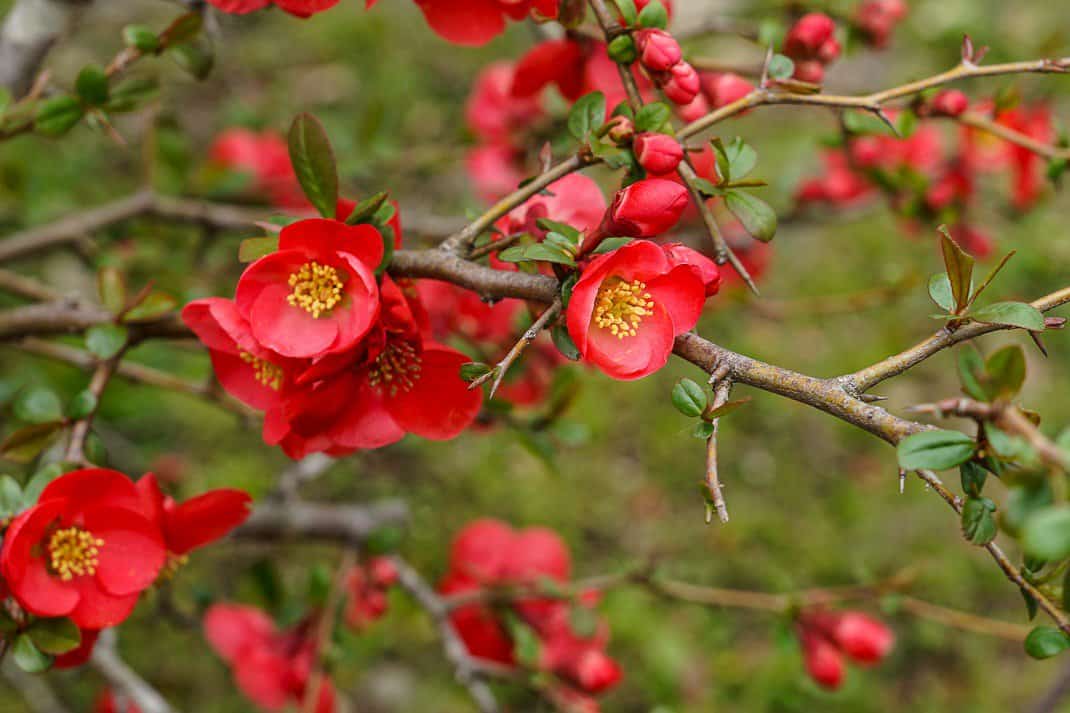
In this concrete jungle that we found Japan, we had burrowed our way into our own outdoor art museum.
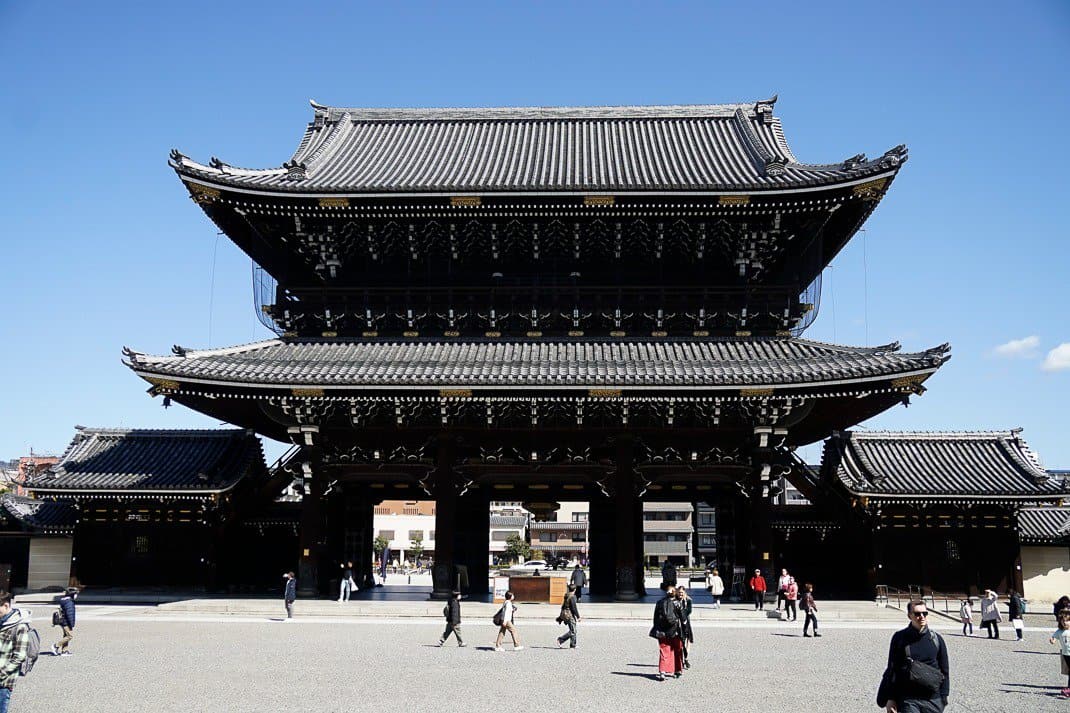
Kyoto tourism problems
During our four nights in Kyoto, we often found ourselves at night in Gion. It is to Kyoto what Roppongi is to Tokyo or Campo de’ Fiori is to Rome. Gion is Kyoto’s entertainment center, where you can get everything from an authentic meal to a hot club to a photo with a real geisha.
Well, you could. Not anymore. Shortly before we arrived, the city made many of the alleys where geishas frequented off limits to outsiders. Turns out, the quiet geishas started sounding off about all the photo requests and requests that were much more personal.
It continued Kyoto’s recent tourism dilemma. No city in Japan is more dependent on tourism. Of the 30 million people who visited Japan every year before Covid, more than 10 million came to Kyoto. Residents, frustrated with the crowds and sometimes lack of respect from foreigners, labeled it “tourism pollution.” In 2018 the city stopped investors turning traditional Japanese houses into AirBnBs.
Then Covid hit.

Tourism died and so did Kyoto, almost. It came close to bankruptcy. But as Covid restrictions eased, tourists returned. In November 2022, 4.7 million people visited, a monthly record. Now Kyoto is more careful to overburden its populace. It is considering special tourism buses to iconic sites and raising prices on some of them.
As Kyoto mayor Daisaku Kadokawa told the New York Times two years ago, “Kyoto isn’t a tourist city. It’s a city that values tourism.”
(However, as my Friday blog will explain, Kyoto remains plagued with two of the world’s worst tourist traps.)
The ban on geisha stomping grounds received the biggest headlines. One geisha reported men ripped her kimono. Another suffered a cigarette burn on her collar.
I don’t know what the big deal is about geishas. The geisha’s role in Japanese society has changed so much. Until the mid-20th century, they started training as children and were sometimes sold into maid service by poor families. Today they start their training later, in their teens, while still going to school. They still specialize in dance and music but dress in their off hours like normal young women, even marrying and leaving the profession.
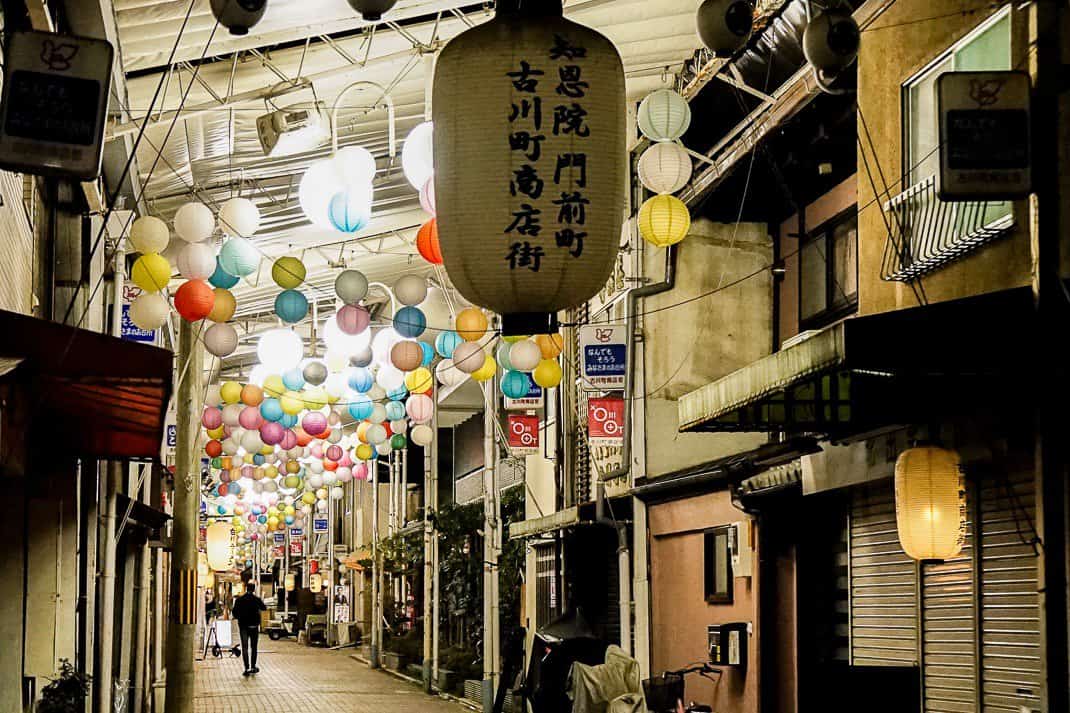
They are quite striking with their beautiful silk robes, towering hair and lovely smiles. Near our hotel, we saw two geishas standing at a street light with us. So paranoid of invading their privacy, I just stared, mantra like, at the light to change. I didn’t even notice how high their perfectly bounded hair stood.
At night in Gion we saw one geisha crossing the street – quickly. I avoided eye contact. Instead, Marina and I prowled the narrow streets that are lined with cozy restaurants and bars, quiet enclaves away from the noise of the two huge, brightly lit boulevards of Shijo-dori and Hanami-koji.
The food in Gion is excellent and I’ll discuss food in next week’s blog. Suffice it to say in Gion one night we walked into someone’s home thinking it was one of the plethora of modest restaurants.
After dinner we dropped by Beer Komachi, Japan’s version of a brew pub. The Japanese beer scene is still in its infancy. It’s dominated by the four national brands Asahi, Sapporo, Suntory and Orion, all of which taste like Budweiser. On Japan’s cold nights, they weren’t very refreshing or very good.
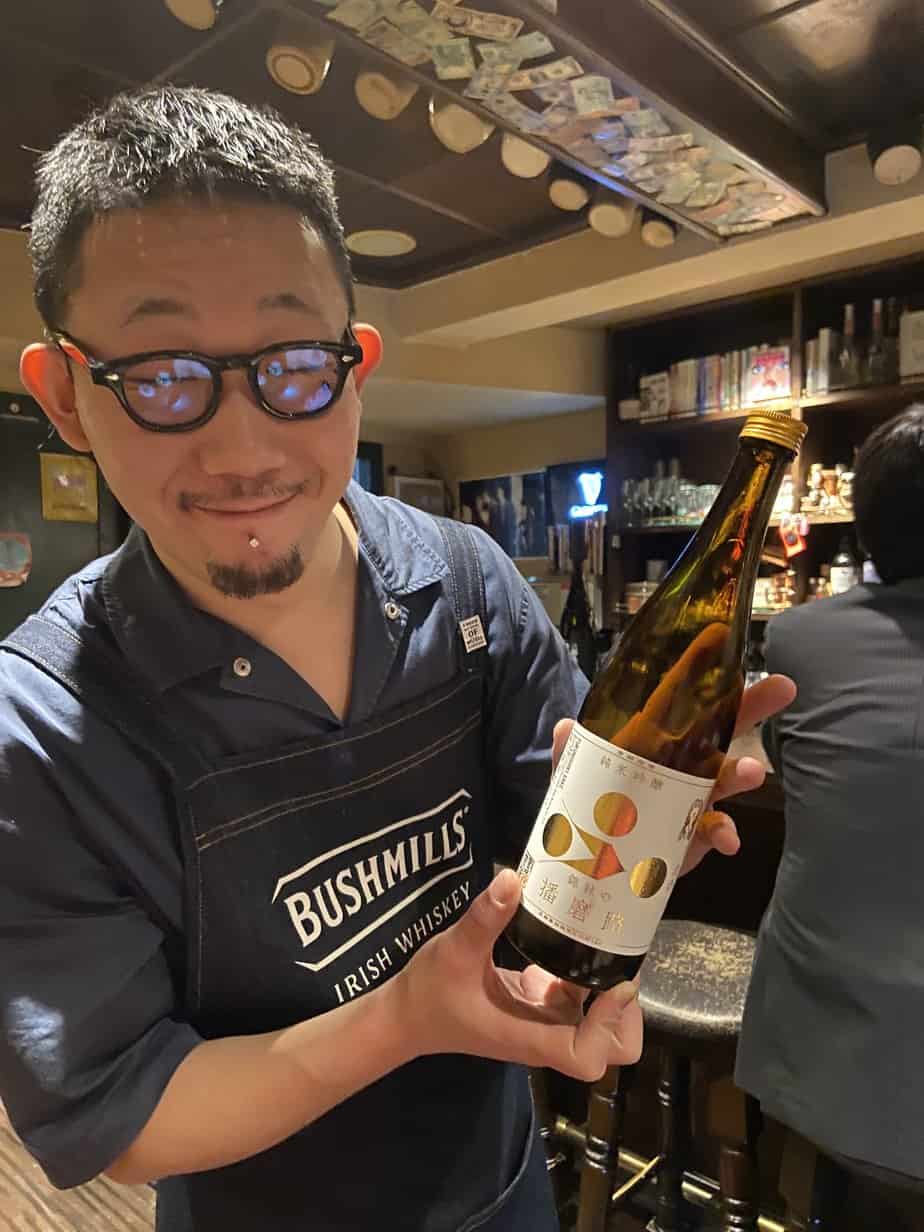
But Beer Komachi had seven of their 10 craft beers listed on a wall along with a list of sake. The small, modest bar is run by Simon Oliver, an energetic middle-aged Brit who moved to Japan 35 years ago. I told him how surprised I was by Japan’s cheap prices. Once one of the most expensive countries in the world, it’s now almost a budget destination.
His beers ranged from €4-€6.50. Lunch for two in Kyoto was as low as €24. Dinner €34-€50.
I told him I heard the economy was going south along with Japan’s ruling Liberal Democratic Party.
“It’s the rise of South Korea, Taiwan, China,” he said. “Japan lost goods to China and we had stagnation. It was the rise of the Asian Tiger. Our prices haven’t changed for 35 years.”
Back through the dark, quiet streets, we emptied out onto the main drag where our packed bus had dropped us earlier that evening. Across the street stood a huge inviting temple where we found not quietly contemplative Buddhist monks chanting and the smell of incense. We found an open-air food market with stalls selling everything from grisly looking Japanese sausages to grilled crab.
It had carnival games for kids and discount kimonos for 2000 yen (about €12). We bolted. Turns out, the weather didn’t spoil our trip. The cherry blossoms were worth it. They were worth the wait. My perseverance reminded me of another Japanese proverb I discovered during my research.
“I no naka no kawazu taikai wo shirazu.” (The frog in the well knows nothing of the ocean. In other words, people who experience very little have a narrow world view. Or, he who stays in the valley will never get over the hill.)
(Coming Friday: Two day trips from Kyoto with mixed results)
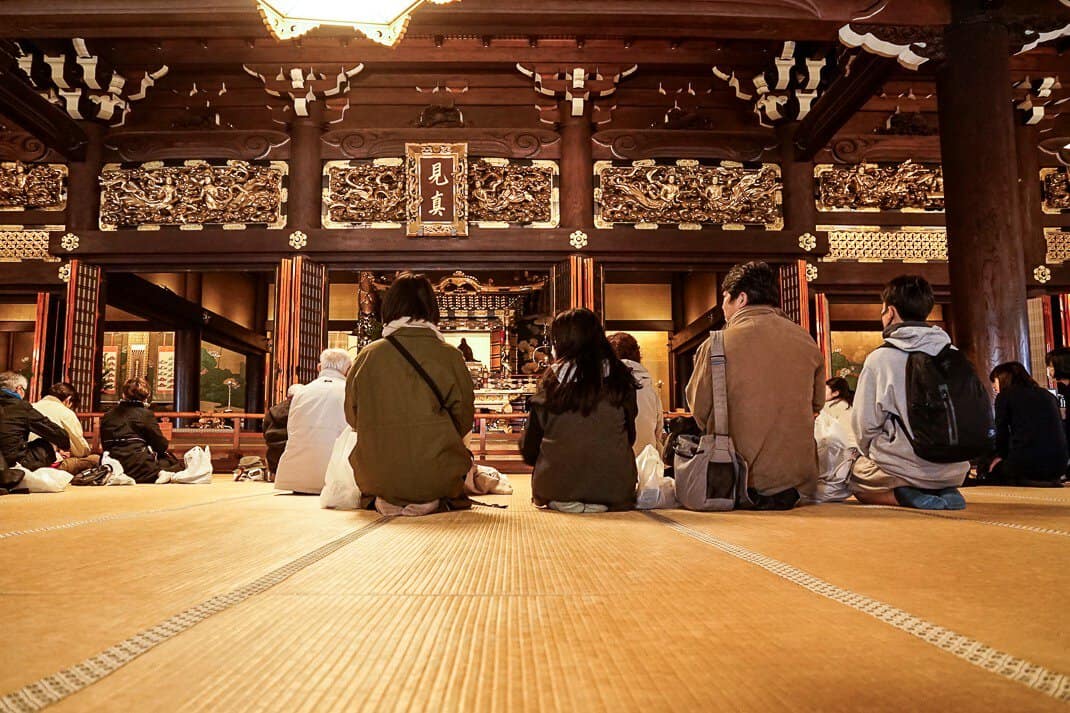
If you’re thinking of going …
How to get there: The Shinkansen bullet train leaves from Tokyo every 10 minutes and costs €85 one way. Kyoto has Kansai International Airport but is more expensive than flying to Tokyo and often requires two connections. Tokyo takes more direct flights.
Where to stay: APA Hotel Kyoto Ekihigashi, 552-1 Higashi Shiokoji Cho, Shimogyo Ward, 81-075-354-4111. Modern, 10-story, three-star hotel a five-minute walk from Kyoto Station. Near good, local restaurants. I paid €663 euros for four nights, including a good buffet breakfast.
Where to eat: Will cover in next Tuesday’s blog.
When to go: Spring and summer. March through May highs average between 56-77. September-November it’s 63-84. Avoid July and August where highs are low 90s and more than 70 percent humidity.
For more information: Kyoto Tourist Information Center, 2nd Floor Kyoto Station Building, 81-075-343-0548, 8:30 a.m.-7 p.m. Another is on 2nd Floor of Kyoto Tower.

